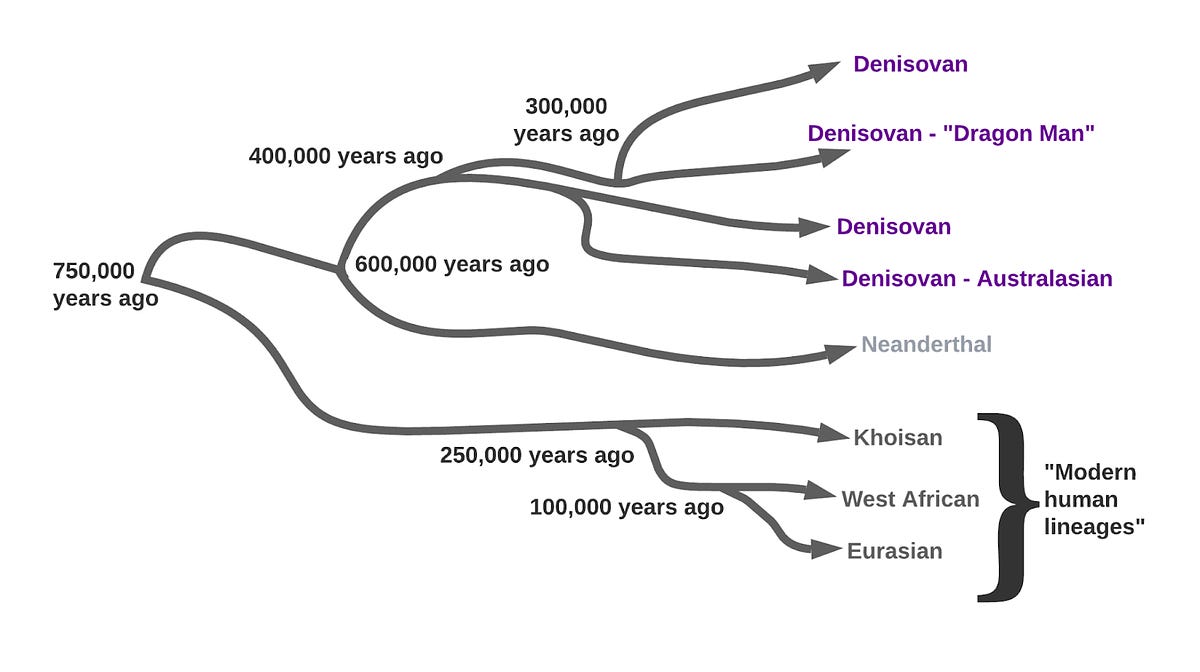
A new virus-like entity has just been discovered – ‘obelisks’ explained
Ed Feil does not work for, consult, own shares in or receive funding from any company or organization that would benefit from this article, and has disclosed no relevant affiliations beyond their academic appointment.
Biological entities called obelisks have been hiding – in large numbers – inside the human mouth and gut. These microscopic entities, which were recently discovered by a team at Stanford University, are circular bits of genetic material that contain one or two genes and self-organise into a rod-like shape.
Although the study is still in preprint form, meaning that it has not been peer-reviewed, it has already been extensively written about, including in two heavyweight journals: Nature and Science.
Viruses, being unable to replicate without the help of a host, can most generously be considered to be on the edge of what constitutes life. Yet the estimated 10 nonillion (one followed by 31 zeroes) individual viruses on the planet can be found in every conceivable habitat and, through infecting and manipulating their hosts, have probably affected the evolutionary trajectories of all life.
Peering even further down into the world of minuscule biological entities, are the viroids – tiny scraps of genetic material (DNA-like molecules known as RNA) that cannot make proteins and, unlike viruses, don’t have a protective shell to encase their genome.



















-Abstract-Background-112024-SOURCE-Amazon.jpg)






